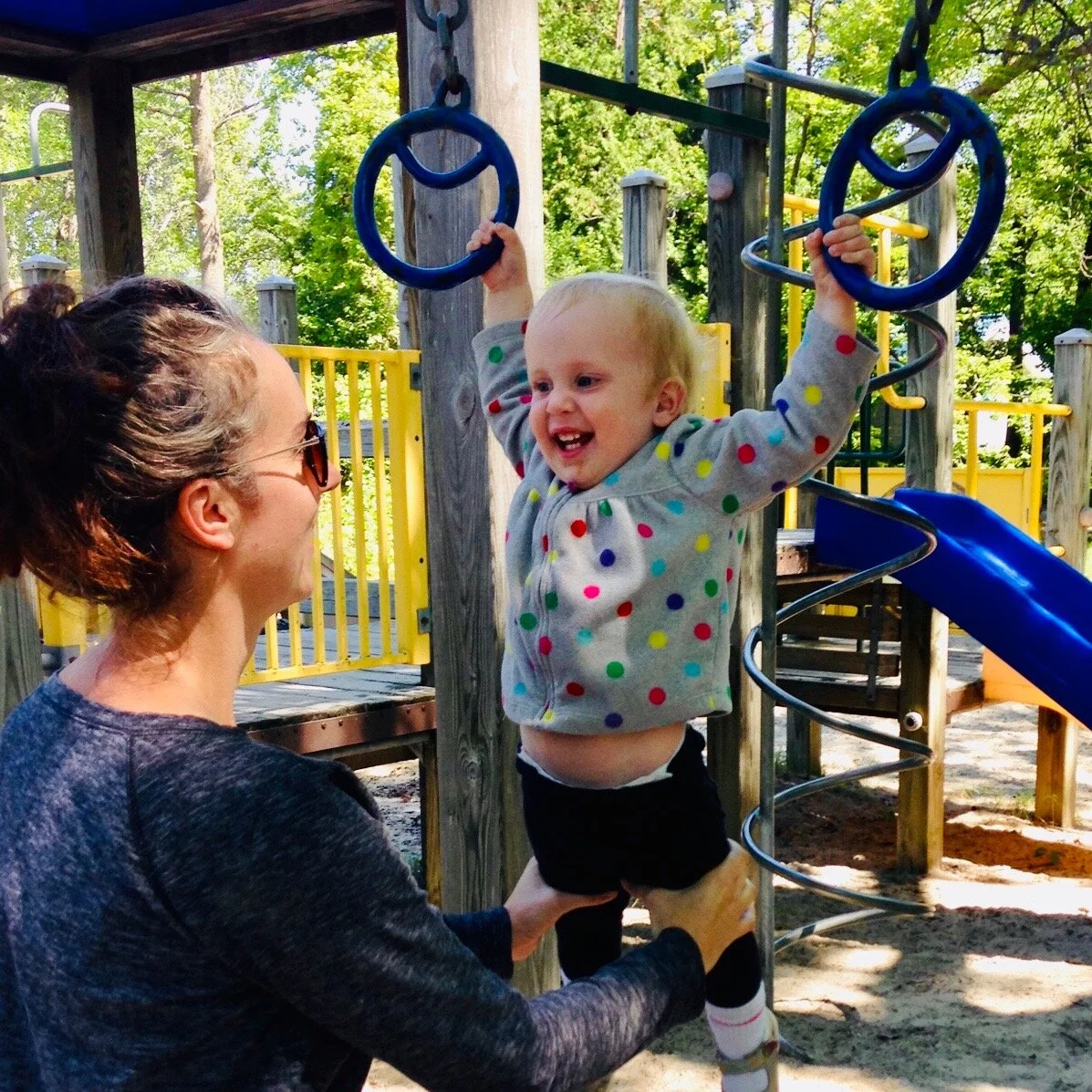It’s a simple trick, but so meaningful and it will change the way you build your relationship with your child and every relationship they have after you.
From birth, every time you are going to move your child’s body, say what you are doing before you do it.
To a one month old, “It’s time to put on your pants, I’m going to put your right foot into the pant leg.”
To a one year old, “It’s time to wash your hands, I’ll hold your hands to get the soap rinsed off in the sink.”
To a three year old, “I’m going to lift you onto the toilet so that you can go pee.”
To a six year old, “I see you are upset. I’m going to move your body so you don’t get stepped on and am here to give you a hug if you want one.”
To an adult, “I’m just going to pass behind you here to grab the bananas.”
Every time we say what we are going to do and then do it our children understand the following:
We have a deep respect for them as a person - though they can’t do something themselves we aren’t going to supersede our will over theirs, instead we are going to enable them through our hands
We promote self-esteem and self-image, by verbalizing and articulating how we are moving a child we help them understand what their body is and how it works.
We are asking for consent with our movements, by saying what we are doing, we ask the questions, “are you ok with this?”
We will be a helper even when a child is unable to emotionally do for themselves - instead of ‘forcing’ a child to get dressed to go outside, by verbalizing and then doing we are letting the child know that something is going to happen and then following through with our statement. Consistently and reliably.
Finally, verbalizing allows us to take a breath. Often we rush through life with our children, moving them through space, battling with them to get things done. Saying and then doing slows us down, calms us down and acknowledges us in relationship to our children.
By saying, then doing, we set up our children to understand respectful, consensual relationships to last a life time.
